If you’re feeling anxious about flying with your pet, don’t worry. Here are 9 tips from seasoned pet owners and travelers to ensure a safe and enjoyable flight for both of you.
Flying with Your Pet Shouldn’t Be Scary
If you’re planning to fly with your furry friend for the first time, it’s normal to feel a bit apprehensive. Booking your pet’s reservation and gathering all necessary documents can seem overwhelming.
Additionally, understanding the airline’s pet policies and ensuring your pet’s safety during the flight can add to the stress. Maybe you’ve even thought about driving to your destination instead! However, if you’re short on time or heading to a faraway place, flying may be your best option.
Remember, millions of pets fly safely each year in the United States. While only a few unfortunate incidents make the news, most pets arrive at their destinations without any problems.
Creating a positive flying experience for your pet starts with you. Research the airline’s pet policy thoroughly, and don’t hesitate to speak with airline staff to ease any concerns you might have. By following the tips below, you’ll feel more prepared for your flight, leading to a less stressful experience for both you and your pet.
READ MORE ⇒ US Airline Pet Policies
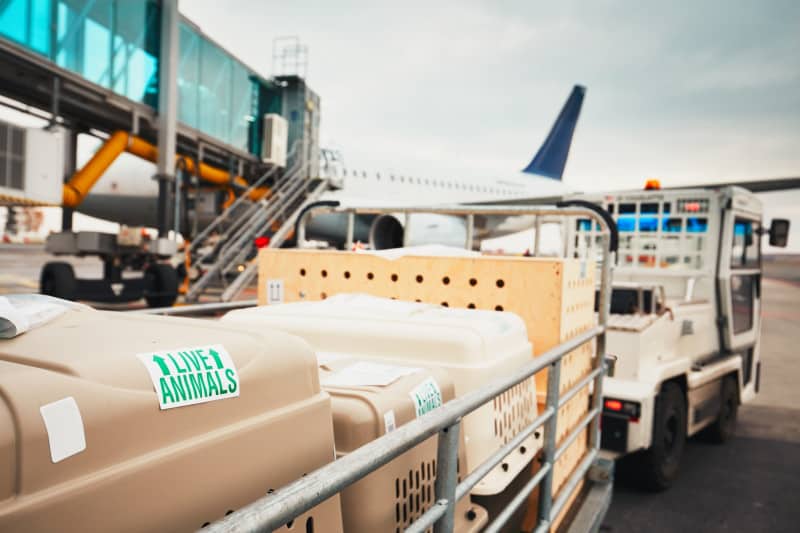
Safe Flying Tips for Pets
1. Consult Your Veterinarian
The first step to flying with your pet is to schedule an appointment with your veterinarian. You want to confirm that your pet is fit for travel. If the vet gives you the green light, arrange a follow-up appointment close to your departure date. Also, be sure to check with the airline as well as the state veterinarian at your destination to find out what documentation you require. For instance, airlines often request a health certificate that’s been issued within ten days of your flight.
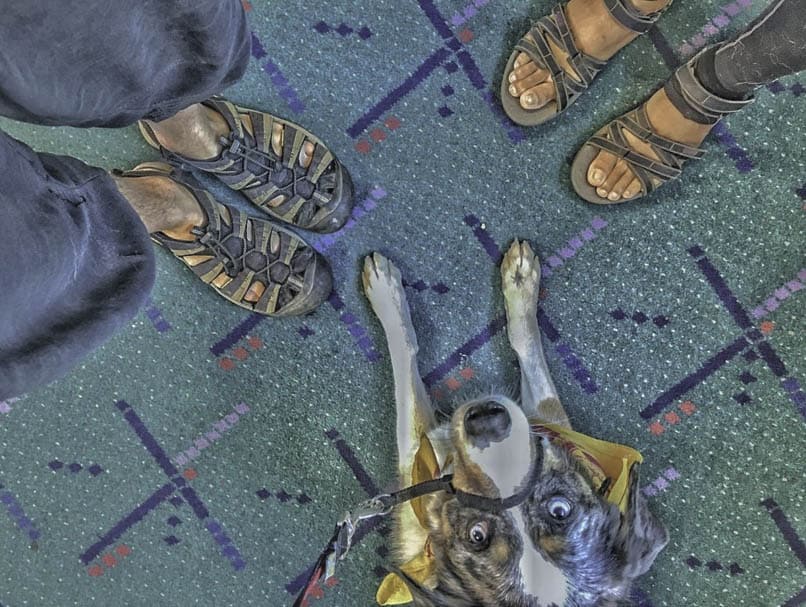
2. Check for Breed Restrictions
Many airlines have restrictions on certain dog and cat breeds, particularly for Brachycephalic or “short-nosed” breeds like Boston terriers, boxers, and bulldogs. These restrictions typically relate to safety concerns, especially in extreme weather conditions.
Even during restricted periods, some airlines may allow you to travel with short-nosed pets in the cabin, provided they meet size and weight guidelines. Always confirm with the airline before booking your tickets.
READ MORE ⇒ Crash-Tested Crates & Carriers: Keeping Pets Safe
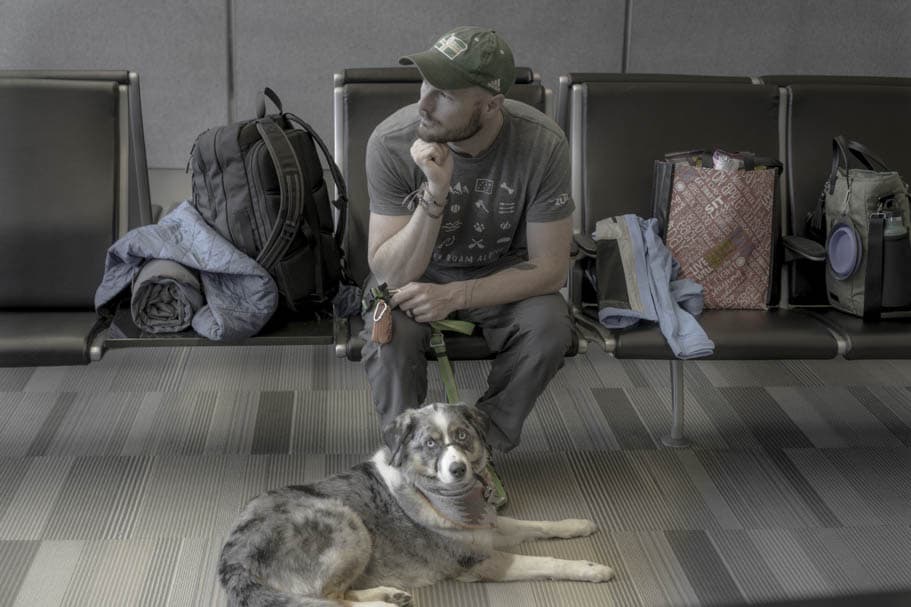
3. Reserve Early
Airlines typically limit the number of pets allowed per flight, so it’s a good idea to book your tickets as early as possible to secure your desired travel dates. If your pet will be traveling in the cargo hold or if you’re flying internationally, it’s crucial to make reservations well ahead of time. Some requirements may take months of preparation.
READ MORE ⇒ Hawaii’s Pet Travel Requirements
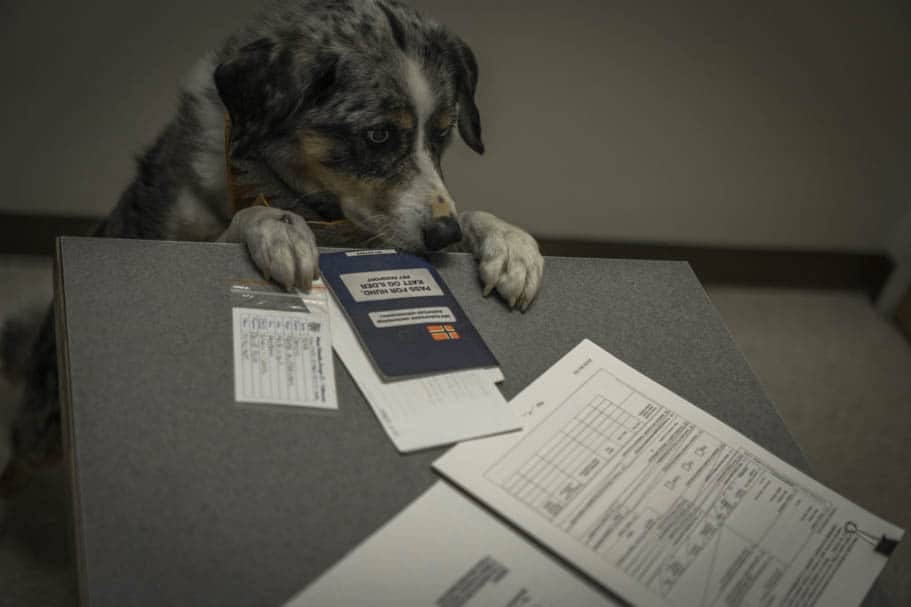
4. Help Your Pet Get Used to the Carrier
If you want your pet to feel comfortable during the flight, purchase a travel carrier well ahead of time and encourage your pet to see it as a safe space. The aim is for your pet to view the carrier as a “den,” where they can relax and feel secure.
To build a positive association with the carrier, begin by feeding your pet inside it for several weeks leading up to the flight. Place their bed and a few favorite toys inside to create a homey atmosphere.
Start with the door open, allowing your pet to enter and exit freely. Once they are comfortable going in, start closing the door for short periods. Gradually increase the time the door remains closed. If your pet exhibits signs of distress, revert to a previous step and proceed more slowly.
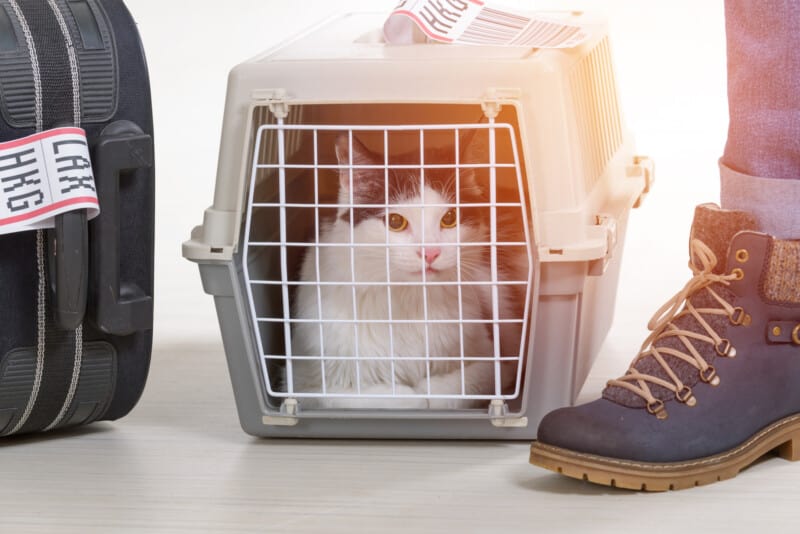
For the flight, include your dog’s travel bed in the carrier and cover it with puppy pads in case of accidents.
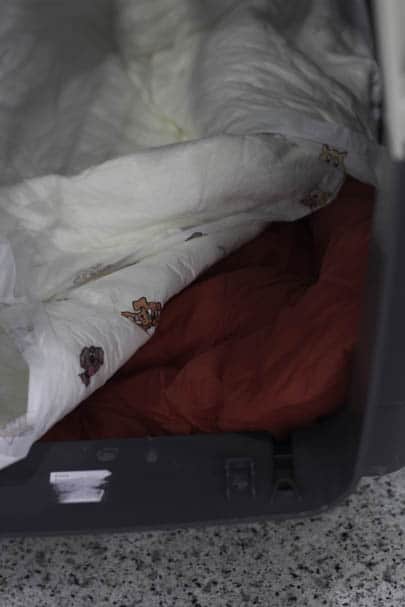
5. Avoid Sedatives
Unless specifically recommended by your veterinarian, avoid giving your pet a sedative for the flight. Tranquilizers can hinder their ability to regulate body temperature at high altitudes.
If your pet tends to get anxious, consider alternatives like calming drops, anxiety vests, or CBD treats. Just remember to verify the airline regulations regarding CBD before your journey.
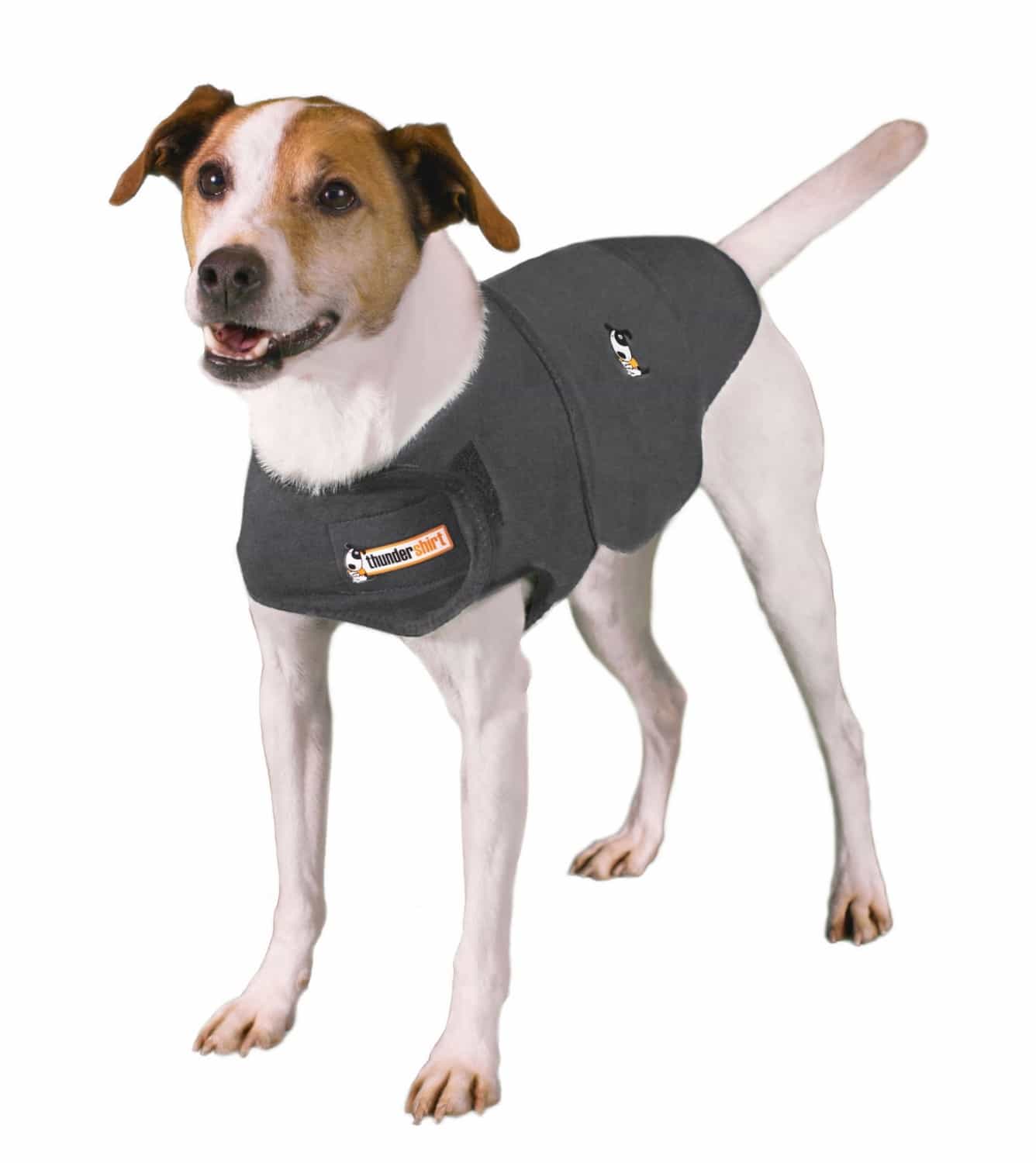
6. Request Early Boarding
When flying with a pet, you might qualify for early boarding on some airlines. Just ask a gate agent. Settling both you and your pet in before the flight can take a bit of time, and having a few extra minutes can help you both feel less anxious.
READ MORE ⇒ Flying with Your Cat for the First Time
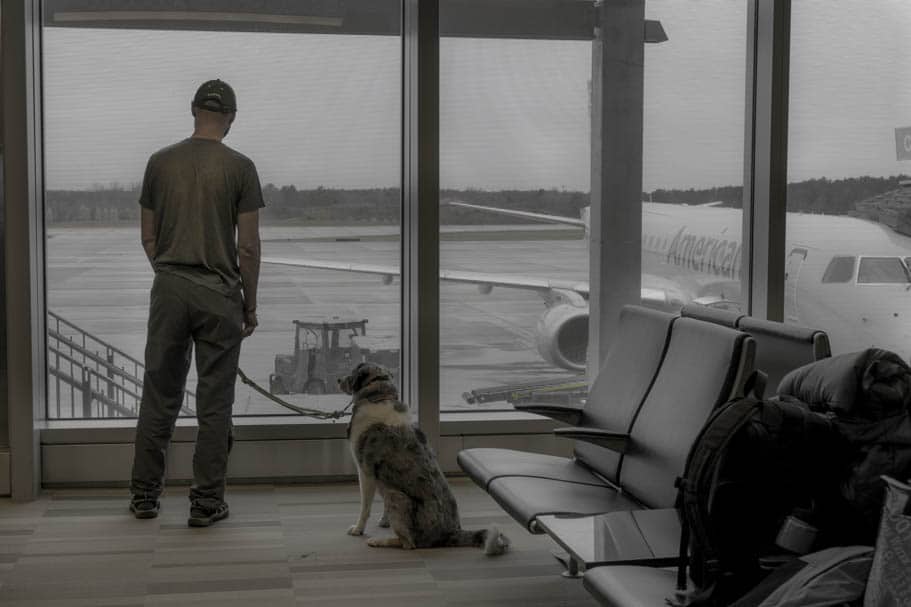
7. Keep Your Pet’s Health Documents Ready
Different airlines have their own requirements for pets traveling in the cabin or in cargo. Make sure you know which documents your airline requires, and keep them in an easily accessible spot to avoid any hassle when asked by airline staff.
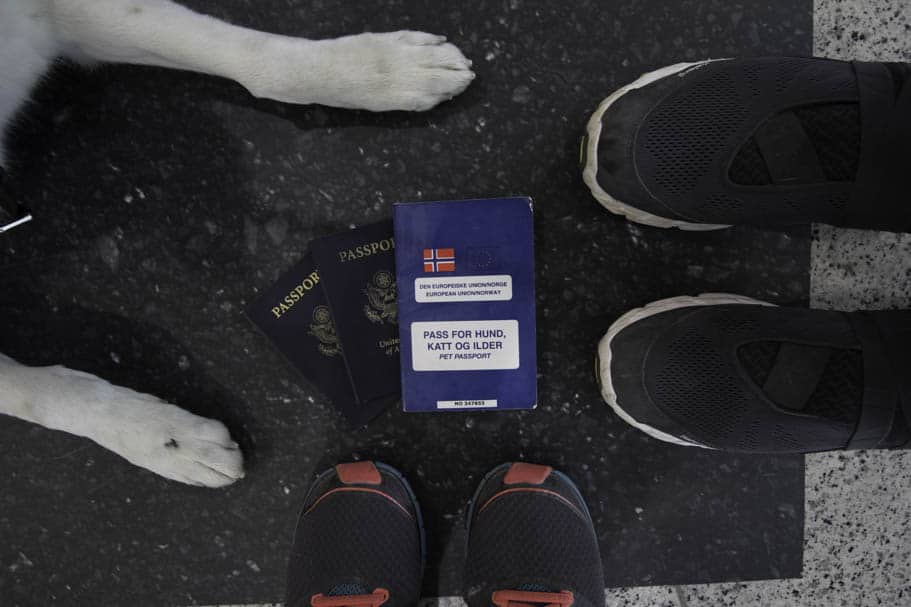
8. Find Pet Relief Areas Before Your Flight
Airports must provide pet relief areas. Before your flight, find out where the closest one is located in relation to your terminal for quick potty breaks during layovers. You can also ask airline staff for assistance.
Keep in mind that your pet may be reluctant to use the designated pet relief area since they are usually indoors and have outdoor carpet. To be prepared, bring along some puppy pads in case your pet has an accident outside of the designated area.
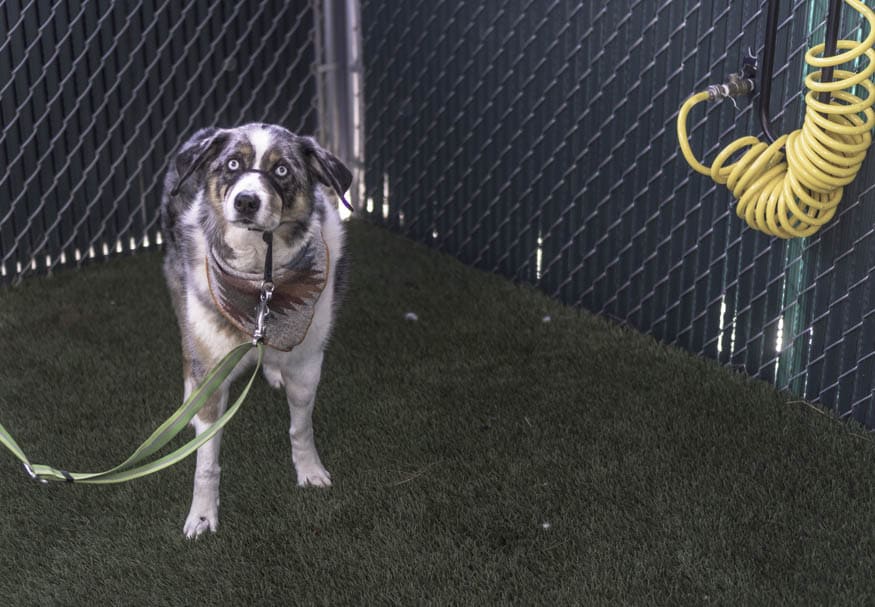
9. Provide a Chew Toy for Takeoff and Landing
Like humans, pets may experience pressure changes in their ears during takeoff and landing. You may notice your pet shaking their head or batting at their ears. Offering a chew toy or hard treats can help alleviate any discomfort they might feel.
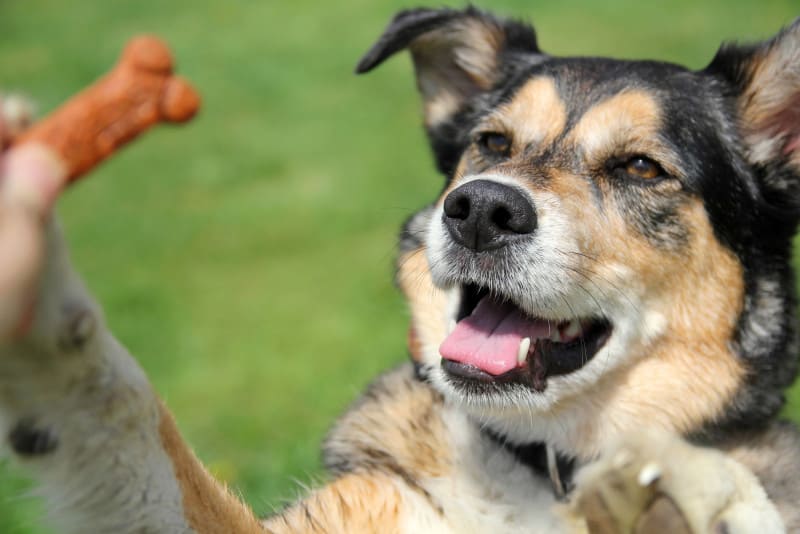
By following these tips, you can ensure a comfortable and safe flying experience for both you and your pet.
(Visited 40,208 times, 1 visits today)



